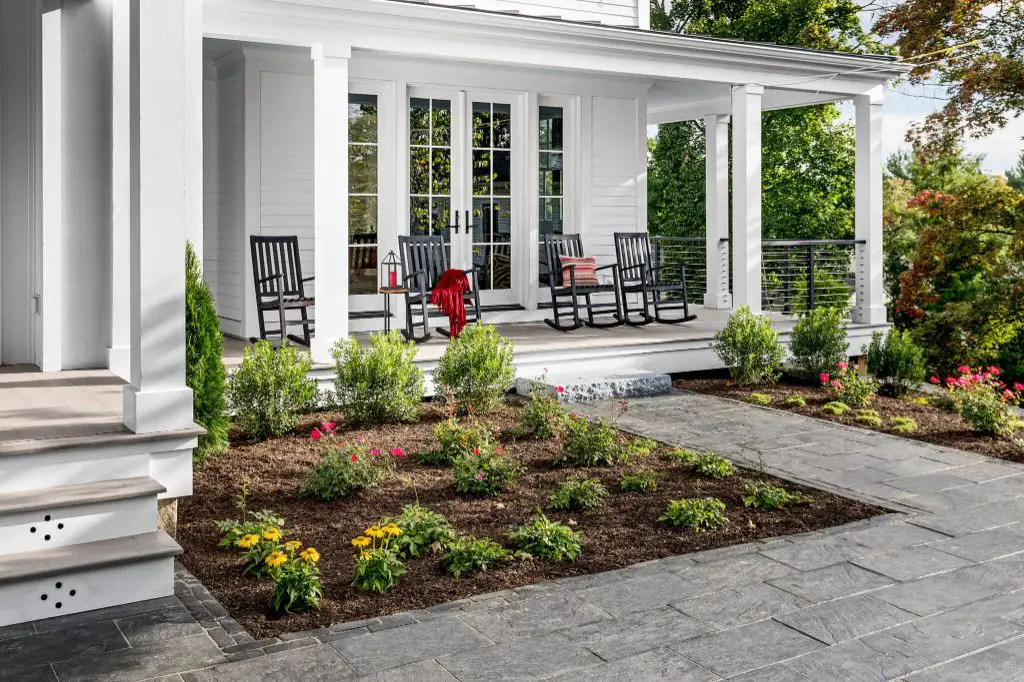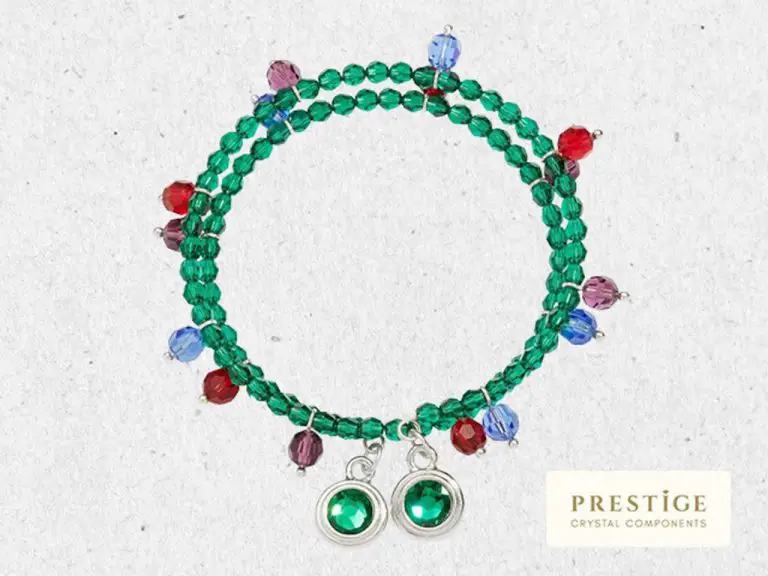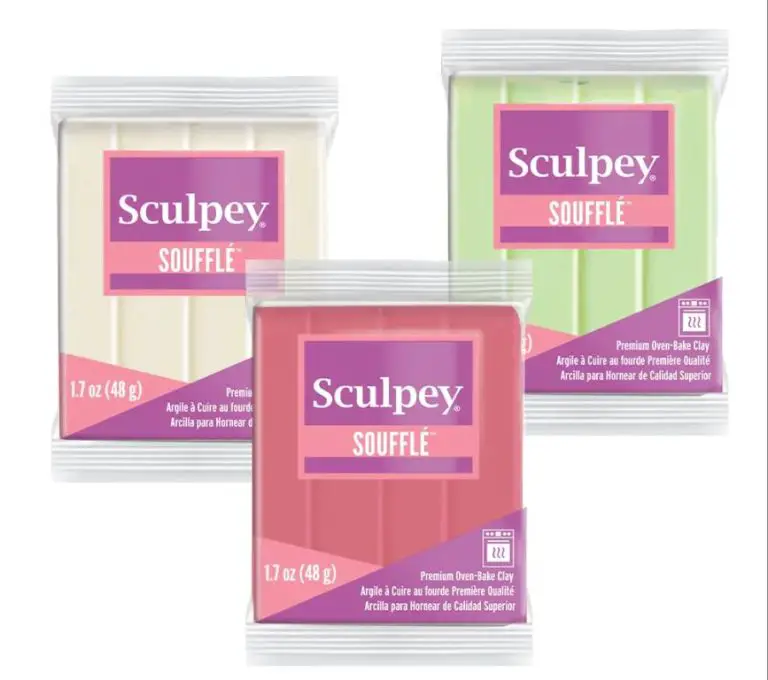What Do You Fill A Decorative Pot With?
Decorative pots, also known as cachepots, are containers used for displaying plants and other decorative fillers. Cachepots get their name from the French words “cache” meaning “to hide” and “pot” meaning “pot.” This refers to their original purpose of hiding ugly plastic nursery pots inside more ornamental ceramic or decorative pots. Cachepots are not designed to house plants permanently, as they usually lack drainage holes. Instead, they serve as an attractive outer covering for standard flower pots.
Cachepots come in a wide variety of shapes, sizes, materials and designs. They allow you to add visual interest to plants and coordinate with your decor. Using cachepots is an easy way to dress up ordinary nursery pots and create a cohesive look. Their ornamental nature provides flexibility in terms of displaying plants and decor items. With so many options, cachepots open up creative possibilities for showcasing greenery and trinkets alike.
This article will explore different ways to use cachepots creatively by filling them with a range of elements like plants, rocks, seasonal items and more. Proper plant care will also be addressed when using cachepots. By the end, you’ll have fresh inspiration for decorating with these versatile pots.
Plants
Some of the most popular plants to fill decorative pots with are succulents, cacti, herbs, and flowers. Succulents like echeveria, aloe vera, jade plants, and sedums are low maintenance, drought tolerant, and come in a variety of colors and textures (Our 20 Favorite Plants for Containers). Cacti also make great additions to pots, just make sure the pot is deep enough to accommodate their roots. Herbs like mint, oregano, thyme, and basil can thrive in containers and be convenient for harvesting (20 Container Gardening Ideas). For pops of color, try planting flowers like petunias, marigolds, zinnias, and geraniums which bloom brightly all season long.
Rocks/Pebbles
Using rocks or pebbles in decorative pots can provide both a decorative and functional element. Pebbles help improve drainage at the bottom of pots for potted plants. Different sizes and colors of rocks and pebbles can also create an interesting look and texture when used as a top dressing or filler in pots.
Some popular types of rocks to use in planters include:
- Drainage rocks/gravel – Small rocks like pea gravel or horticultural grit help improve drainage at the bottom of pots before adding soil. Larger gravel rocks also work well for a natural look. (Source)
- River rocks – These smooth, rounded rocks come in sizes from small pebbles to large stones. River rocks create a natural, organic look and feel.
- Tumbled stones – These are rocks that have been tumbled and smoothed. Tumbled stones come in a variety of colors and make an attractive top dressing.
- Mexican beach pebbles – These small, colorful pebbles add bright pops of color. They create a fun, beachy look.
When using rocks in pots, make sure to use gravel or rocks that are specifically designed for landscape use rather than products for construction or fill dirt. Decorative pot filler rocks can be found at most garden centers and hardware stores. (Source)
Seashells
Seashells make for a lovely and natural filler for pots. Their organic shapes and beachy aesthetic can evoke a coastal ambiance. There are various ways to utilize seashells in pots:
You can fill the entire pot with a mixture of different sized shells for a whimsical arrangement. Using extra large shells as a base layer and gradually working your way down to tiny shells on top creates a pleasing effect.
For a more orderly look, stick to one or two sizes of seashells and arrange them in a repetitive pattern. Mixing complementary shell colors like white and blush can add visual interest.
Shells also make a great top dressing or filler when combined with other elements like sand, pebbles or plants. Simply tuck shells in between plantings or scatter them across the top of the pot.
No matter the look you’re going for, make sure the shells are thoroughly cleaned and dried before adding them to a planter. And choose shells sized appropriately for the pot – extra large shells paired with a tiny container may look overpowering.
Sand

Sand can make for an attractive and colorful filler for decorative pots. Rather than using regular sand, which can look rather dull, many people opt for colored sands. These come in a wide variety of vibrant colors like red, blue, green, pink, purple, and more. Popular brands like Colored Sand Company offer bags of colored sand specifically designed for use in floral arrangements and decorative pots.
Colored sands are made of finely crushed minerals or rock material and are non-toxic. They can provide a fun pop of color whether used on their own or mixed with natural sand. When working with colored sand, it’s important to choose a high quality product to avoid issues with fading or bleeding of color when exposed to water or moisture.
The texture and shimmer of colored sands can create an eye-catching bed for succulents, cacti, and other potted plants. Their vivid hues can also complement decorative elements like stones, shells, or artificial flowers. With the right container, colored sands can make for a simple yet dramatic garden focal point.
Decorative Fillers
One popular option for filling pots is decorative fillers like glass beads, marbles, and gems. These shiny embellishments add a touch of elegance and interest to potted plants or standalone planters.
Glass beads come in a variety of sizes and colors, allowing you to complement the colors of your pot or surrounding decor. Small beads in neutral tones can be used at the bottom of a pot before adding soil and plants. Larger, more colorful beads are eye-catching as the top layer in a planter without live plants.
Marbles are another classic choice and provide a smooth, round shape to contrast against spiky plants or angular pots. Metallic, pearlized, or patterned marbles offer unique styles. Marbles tend to be on the heavier side, so use caution if your planter will be moved frequently.
Finally, clear or colored gems lend a glamorous, jeweled look to planted pots or empty planters. From small accent gems to large focal point gemstones, the shimmery facets catch and reflect light. For outdoor planters, be sure to use weather-resistant gems.
When using decorative fillers, arrange layers of different colors, shapes, and sizes for visual interest. Allow some fillers to peek through the main layer to create depth. These eye-catching materials infuse character and texture into any planter.
Seasonal Items
Switching up the decorative fillers in your pots according to the season is a great way to keep your planters looking fresh. Here are some ideas for what to fill pots with during different seasons:
Spring: In spring, use faux flowers, Easter eggs, or pastel-colored stones or glass pebbles to evoke the feeling of new beginnings. You can also plant pansies, daffodils, or other spring bulbs. (Source)
Summer: For summer, go for a tropical look with shells, sand, driftwood, starfish, or fake tropical foliage. Citronella candles also make great fillers to help repel mosquitos while you relax outdoors. (Source)
Fall: In autumn, fill pots with faux colored leaves, mini pumpkins or gourds, pinecones, acorns, or fall flowers like chrysanthemums or asters. (Source)
Winter: For winter, go faux with pine sprigs, berries, red winter berries, or glittery pinecones. Snowflake ornaments also add a frosty touch. Evergreen boughs and branches work nicely too.
Water Features
Small water features like fountains and ponds can add an aesthetic and soothing element when placed in a decorative pot (Pot Fountain). The sound of moving water creates a tranquil environment while visually enhancing the pot’s design. Mini water features are available in many styles to match your pot’s size and decor.
For a DIY option, you can convert a basic pot into a small pond or fountain. Add rocks, submersible lights, and a small water pump. Opt for a pump with an adjustable flow rate so you can control the water movement. Make sure the pump is rated for outdoor use if placing your pot outside. Mini solar pumps are also available to eliminate the need for electricity.
When shopping for small water features, look for pots marketed specifically for fountains that are watertight and include water pump kits. Self-contained water features are also available with the fountain built into the pot. Just add water and enjoy your new focal point.
Combination Fillers
One popular way to fill a decorative pot is by mixing multiple decorative elements. Combining a variety of textures, colors, and materials can create an eye-catching display. Some ideas for combination fillers include:
Mixing river rocks, marbles, and glass beads for an eclectic look. The smooth marbles and beads contrast nicely against the rugged texture of river rocks (https://www.pinterest.com/pin/397653849428436069/).
Layering sand and seashells. Pour sand into the bottom of the pot, then arrange seashells attractively on top. The neutral sand allows the pretty shells to stand out (https://www.pinterest.com/pin/397653849449908708/).
Combining decorative stones, moss, and miniature gardening plants. Arrange the stones and moss, then tuck in small scaled plants like figurines for a cute fairy garden scene (https://www.pinterest.com/pin/397653849453322342/).
Filling the pot halfway with soil, then topping with pebbles and succulents. The pebbles add a decorative cover while allowing drainage for the live succulents. This combo is low maintenance but looks quite lush and full (https://www.pinterest.com/pin/397653849445758372/).
Mixing colors of glass beads, or different shapes like teardrops, cubes, and spheres. The variety makes for an eye-catching display. Use all one color for a monochromatic look or mix multiple colors for rainbow brilliance (https://www.pinterest.com/pin/397653849450343336/).
Combining decorative fillers allows for creativity and customization. Mix and match elements until you find a look that suits your style and complements your decor.
Conclusion
Decorative pots can be filled with a variety of items to enhance their appearance. When choosing what to fill a pot with, consider the location, purpose, and aesthetic you want to achieve. Plants are always a popular choice, providing natural beauty and allowing you to grow flowers, herbs, or vegetables. Rocks, pebbles, sand, and seashells create unique textures and colors. Decorative fillers like marbles, gems, or glass pieces add shine and interest. You can also fill pots seasonally with items like pinecones or candy canes. For extra visual appeal, combine multiple fillers in one pot, or add a water feature like a small fountain. Whatever you choose, let your individual style and creativity shine through. Filling decorative pots is an easy way to add personality and charm to your indoor and outdoor spaces.
When selecting plants, make sure to choose varieties suitable for the pot size, location, sunlight, and climate. For non-plant fillers, use materials that are weather/water resistant if the pot will be outdoors. Indoor pots can hold more delicate items. Don’t overfill containers, leave a couple inches at the top for watering. Replenish perishable fillers seasonally. Most importantly, fill your pots with things that bring you joy and complement your space. The possibilities are endless!




